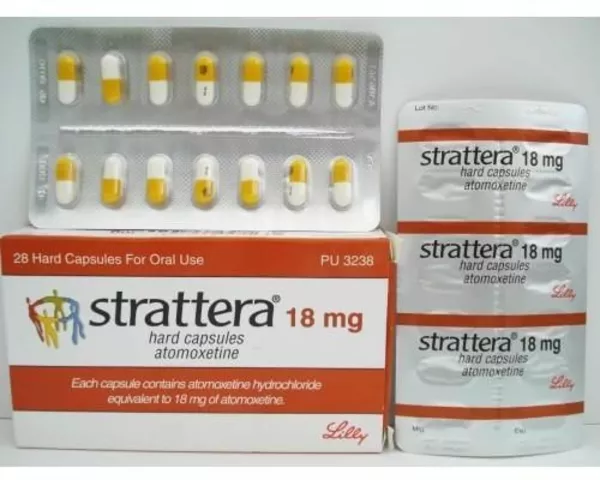Portal Hypertension: What It Is and How It’s Managed
When working with portal hypertension, a condition marked by elevated pressure in the portal venous system, often caused by liver cirrhosis. Also known as PHT, it can lead to serious complications like variceal bleeding and ascites.
Understanding portal hypertension helps you navigate treatment options. The pressure buildup is a direct result of scarred liver tissue obstructing normal blood flow. As the liver stiffens, resistance rises, forcing blood to seek alternative routes through veins that weren’t meant to carry large volumes. This rerouting creates fragile vessels that are prone to rupture.
Key Elements in Managing Portal Hypertension
Effective management starts with beta‑blockers, drugs that lower portal pressure by reducing heart rate and cardiac output. By decreasing the amount of blood pumped into the portal system, beta‑blockers lessen the stress on collateral veins and lower the risk of bleeding. Common choices include propranolol and nadolol, both of which are taken daily and require regular blood pressure monitoring.
When medication alone isn’t enough, physicians may turn to transjugular intrahepatic portosystemic shunt (TIPS), a radiological procedure that creates a channel between the portal and hepatic veins to relieve pressure. The shunt “short‑circuits” the high‑pressure portal system, dramatically dropping the hepatic venous pressure gradient. TIPS can stop recurrent variceal bleeding, but it also carries a risk of hepatic encephalopathy, so patients are evaluated carefully before placement.
Variceal bleeding is one of the most alarming outcomes of portal hypertension. Once the enlarged veins (varices) in the esophagus or stomach rupture, massive hemorrhage can occur within minutes. Endoscopic band ligation or sclerotherapy are first‑line interventions to stop active bleeding. These procedures physically close the varices, buying time for long‑term measures like beta‑blockers or TIPS to take effect.
The root cause in most adults is liver cirrhosis, the end stage of chronic liver disease characterized by fibrosis and nodular regeneration. Whether driven by viral hepatitis, alcohol misuse, or non‑alcoholic fatty liver disease, cirrhosis transforms the liver into a rigid organ that impedes portal flow. Treating the underlying liver injury—through antivirals, alcohol abstinence, or weight loss—can slow the progression of portal hypertension.
Monitoring is essential. The hepatic venous pressure gradient (HVPG) is the gold‑standard measurement; values above 10 mm Hg signal clinically significant portal hypertension, while those over 12 mm Hg predict variceal bleed risk. Non‑invasive tools like elastography and Doppler ultrasound provide a reasonable fallback when catheter‑based testing isn’t feasible.
Lifestyle tweaks also play a role. A low‑sodium diet helps control ascites, while modest protein intake supports liver regeneration without exacerbating ammonia buildup. Avoiding NSAIDs and other nephrotoxic drugs protects kidney function, which is already vulnerable in advanced liver disease.
All these pieces—medication, procedures, monitoring, and lifestyle—interlock to keep portal pressure in check and prevent life‑threatening events. Below you’ll find a curated set of articles that dive deeper into each of these topics, from drug‑specific guides to detailed explanations of TIPS and variceal management. Explore the collection to get the practical details you need for informed decisions.
Tympanites Explained: Causes, Symptoms & Treatment
Learn what tympanites is, how it differs from ascites, its causes, symptoms, diagnosis, treatment options, and prevention tips in clear, practical language.
About
Health Conditions
Latest Posts


Alzheimer's Disease and Stroke: The Hidden Link You Should Know
By Marcel Kornblum May 5, 2025

8 Alternatives to Wellbutrin Sr
By Marcel Kornblum Feb 28, 2025

Atomoxetine and Anxiety: Can it Help or Hurt?
By Marcel Kornblum May 5, 2023

